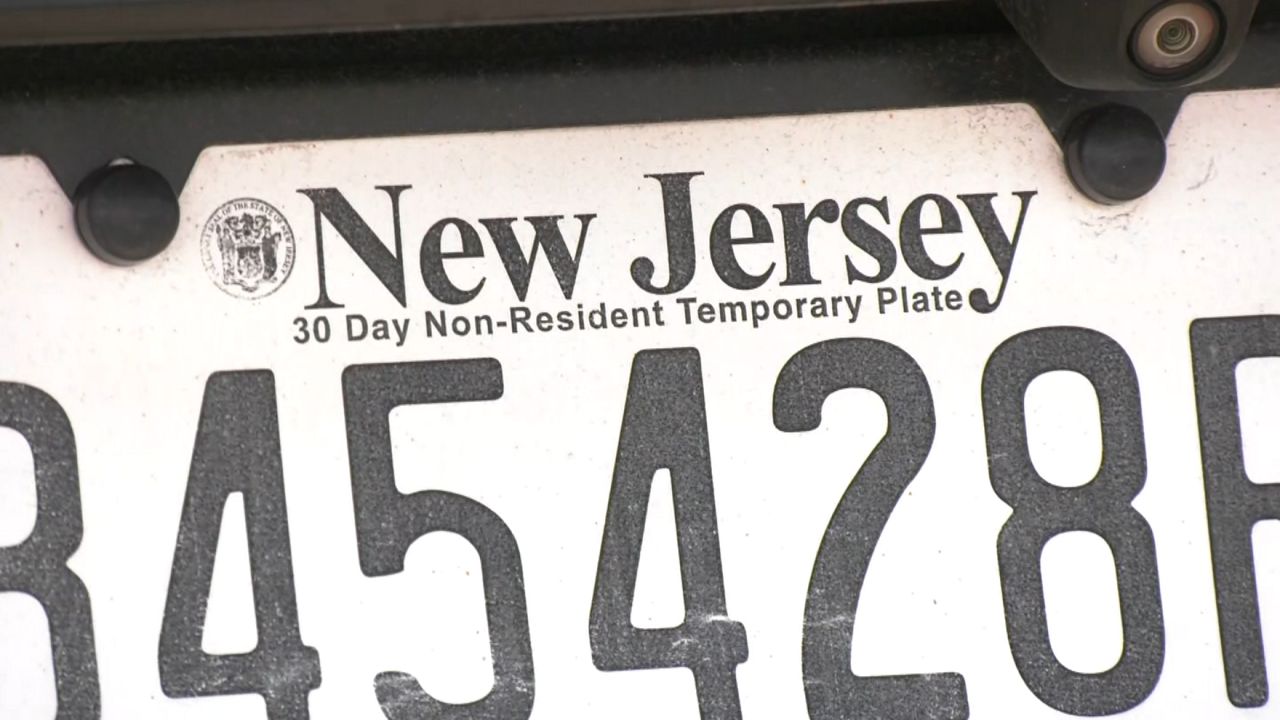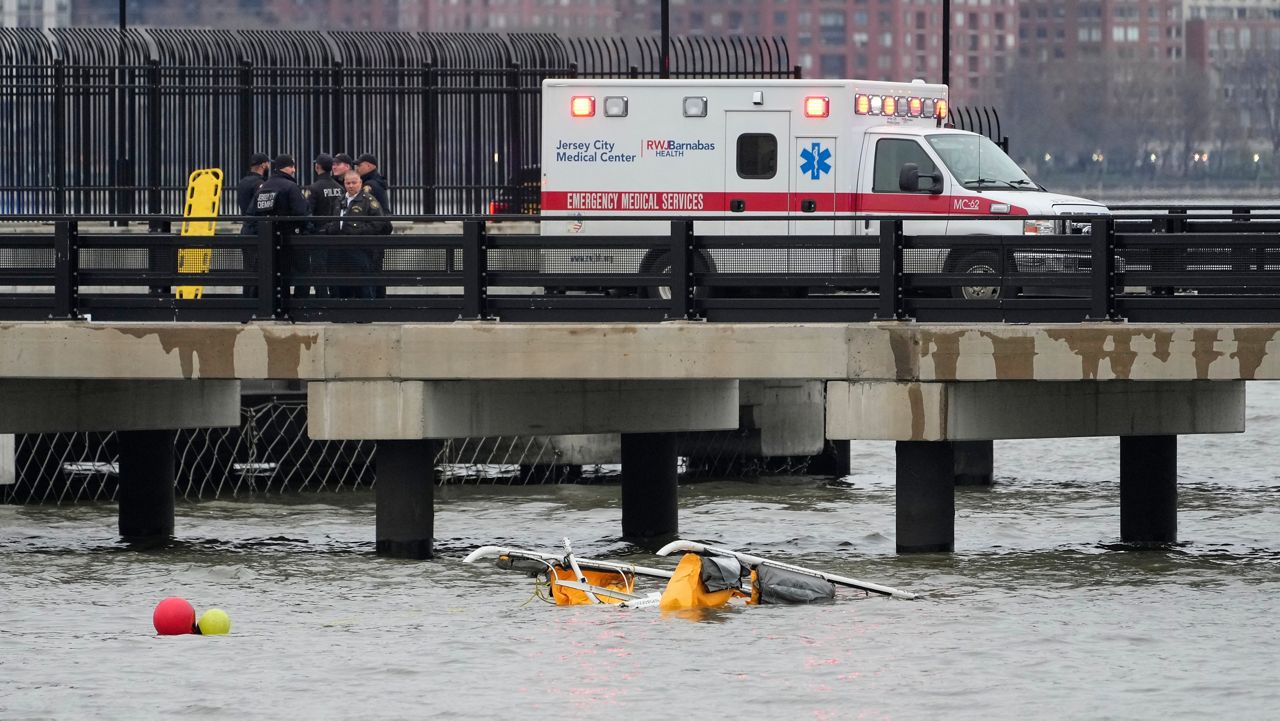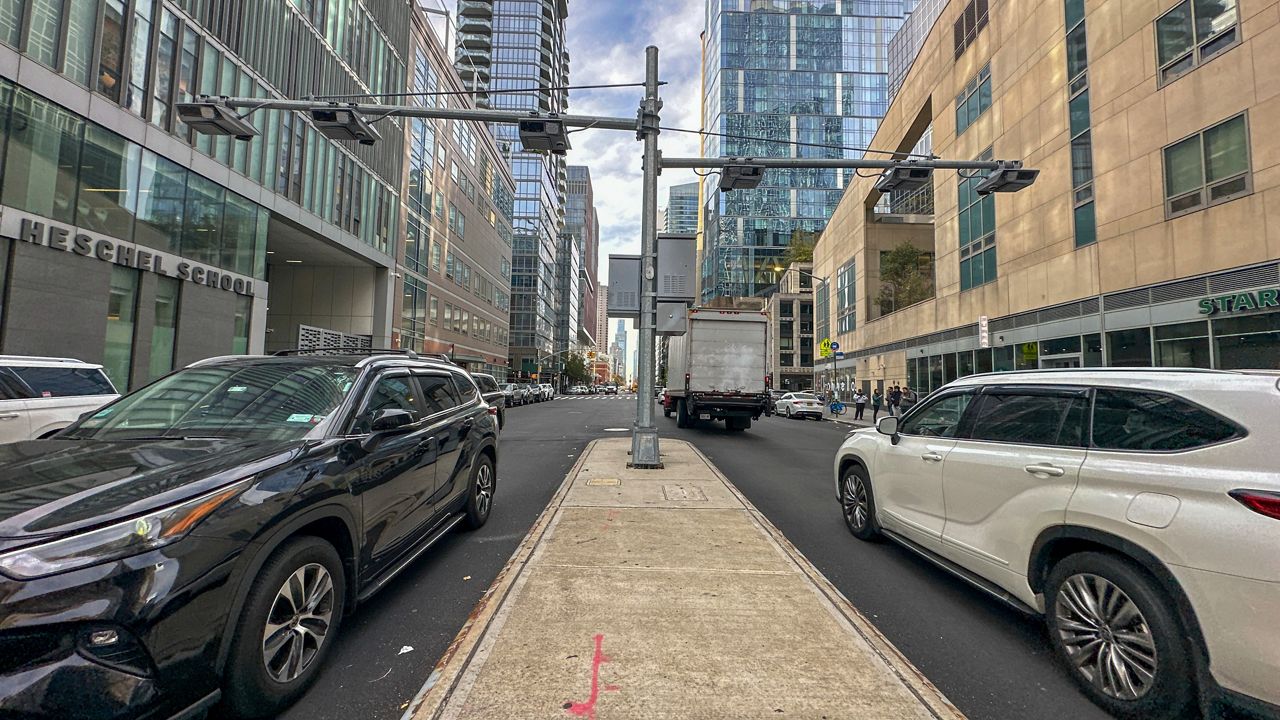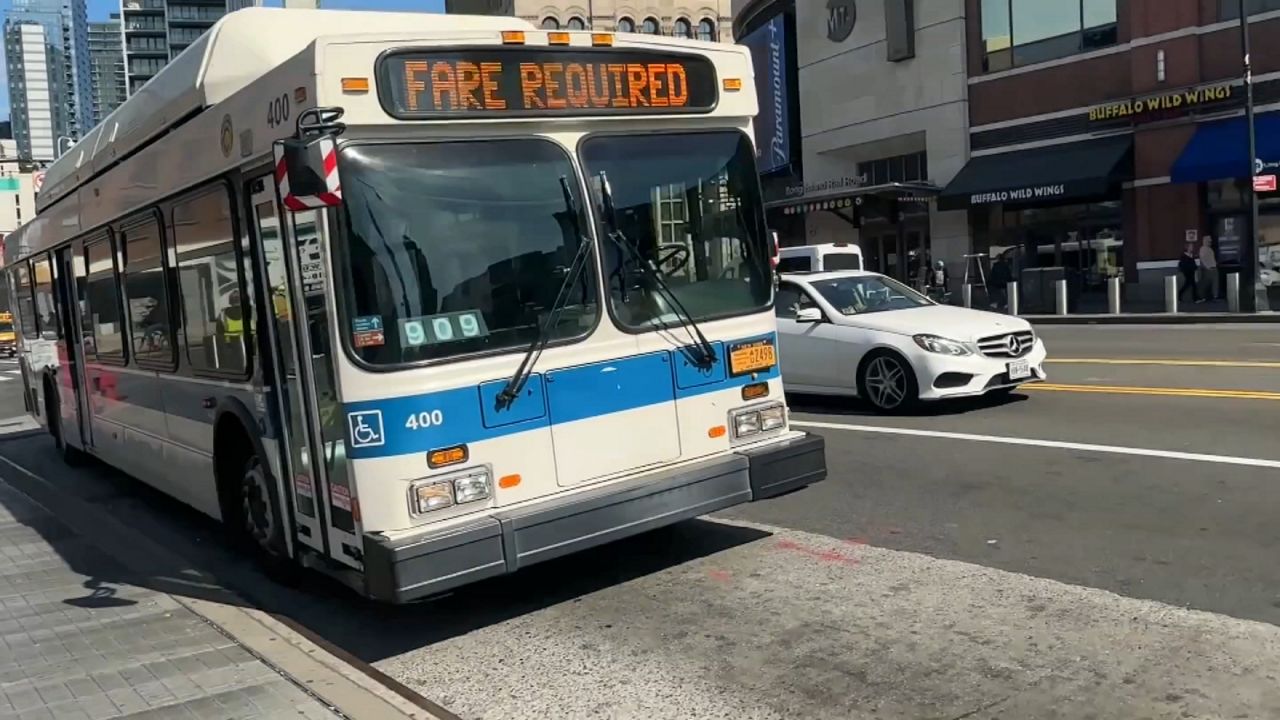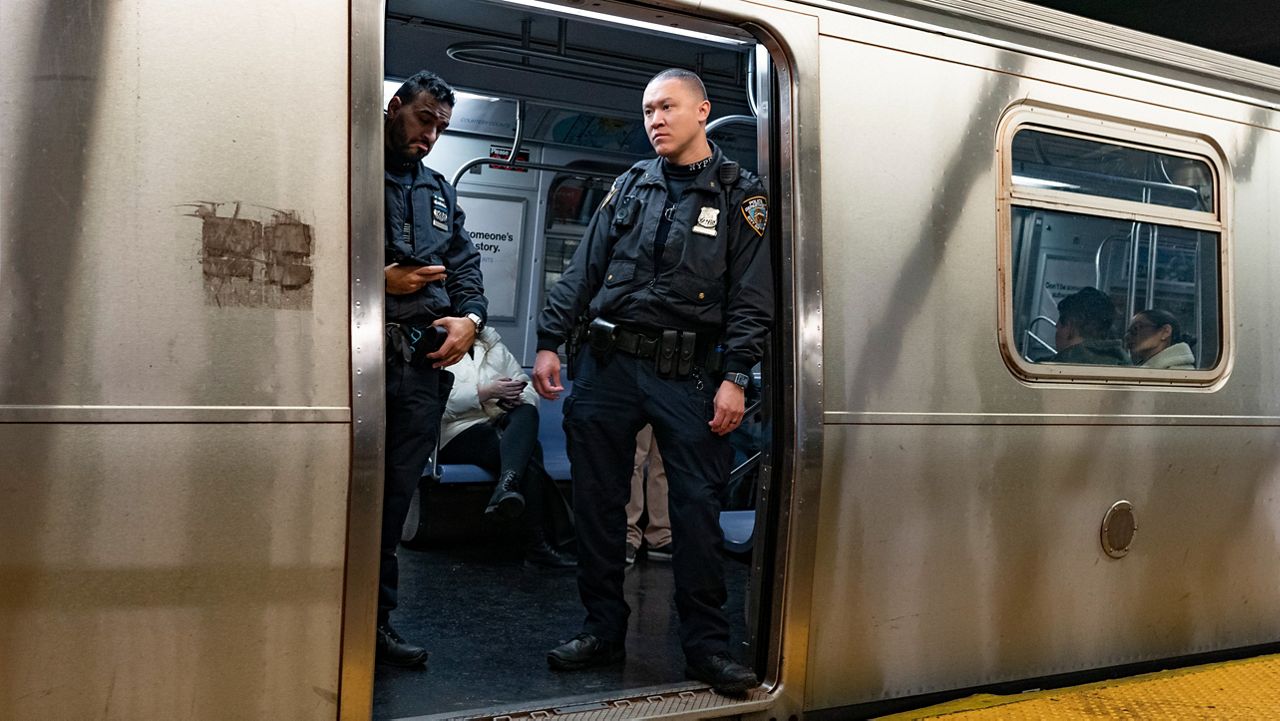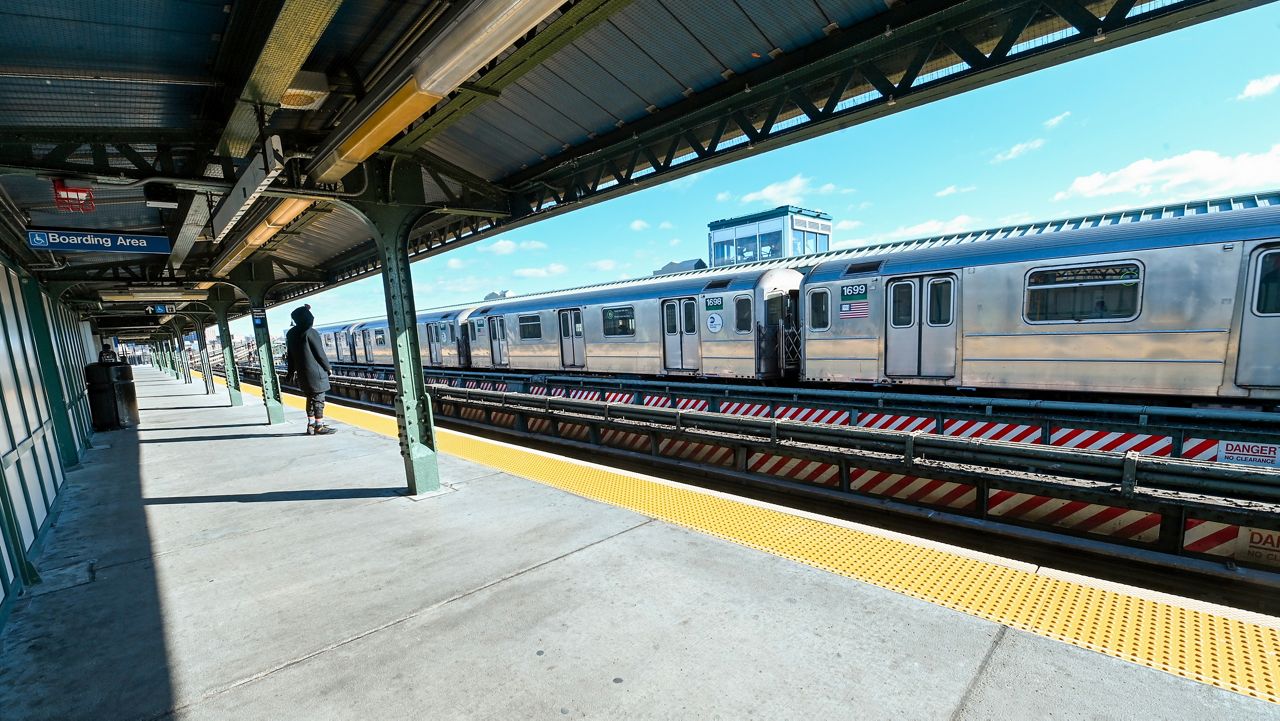Riders came to Grand Central Terminal to learn about how the MTA plans to make their commutes better over the next five years.
“It’s important to know how they plan to you know deal with real-world problems like climate change, fare evasion, safety, and improving how we get from point a to point b in a consistent time,” Mike Ballester, a commuter from Connecticut, said.
The MTA took their plan to improve service and strengthen the system to the people who use it, holding an open house to showcase the 2025 to 2029 Capital Plan.
From renovated, accessible stations and new turnstiles to behind-the-scenes things like power systems and signal modernization. Also, system expansion.
“I’m especially interested in the Interborough Express,” Jalal Ghoulimi said. “Yeah, I live in Brooklyn, so yeah, it would probably help get into Queens easier.”
The latest five-year plan is $68 billion. MTA chair and CEO Janno Lieber says the open house, which hasn’t been done before, is not about drumming up support or putting pressure on Albany, but rather transparency.
“When we’re talking about investing $60-plus billion in the system and asking legislators and governors and others to take action, we want to be [a] very open book about why this is all needed,” Lieber said. “And we want the public to have an opportunity both to understand it and to give input directly to the leadership.”
This is just the first of many MTA open houses on this capital plan. They plan to take the show on the road to every borough and also outside the city on Long Island and Westchester.
The capital plan still needs approval from the four-member Capital Plan Review Board, whose members are appointed by Mayor Eric Adams, Gov. Kathy Hochul and leaders of both houses of the legislature.
It is usually a rubber stamp, but with $33 billion needed from Albany plus the $15 billion hole left from congestion pricing, it’s unclear if Hochul could veto the plan and call for it to be scaled back.






